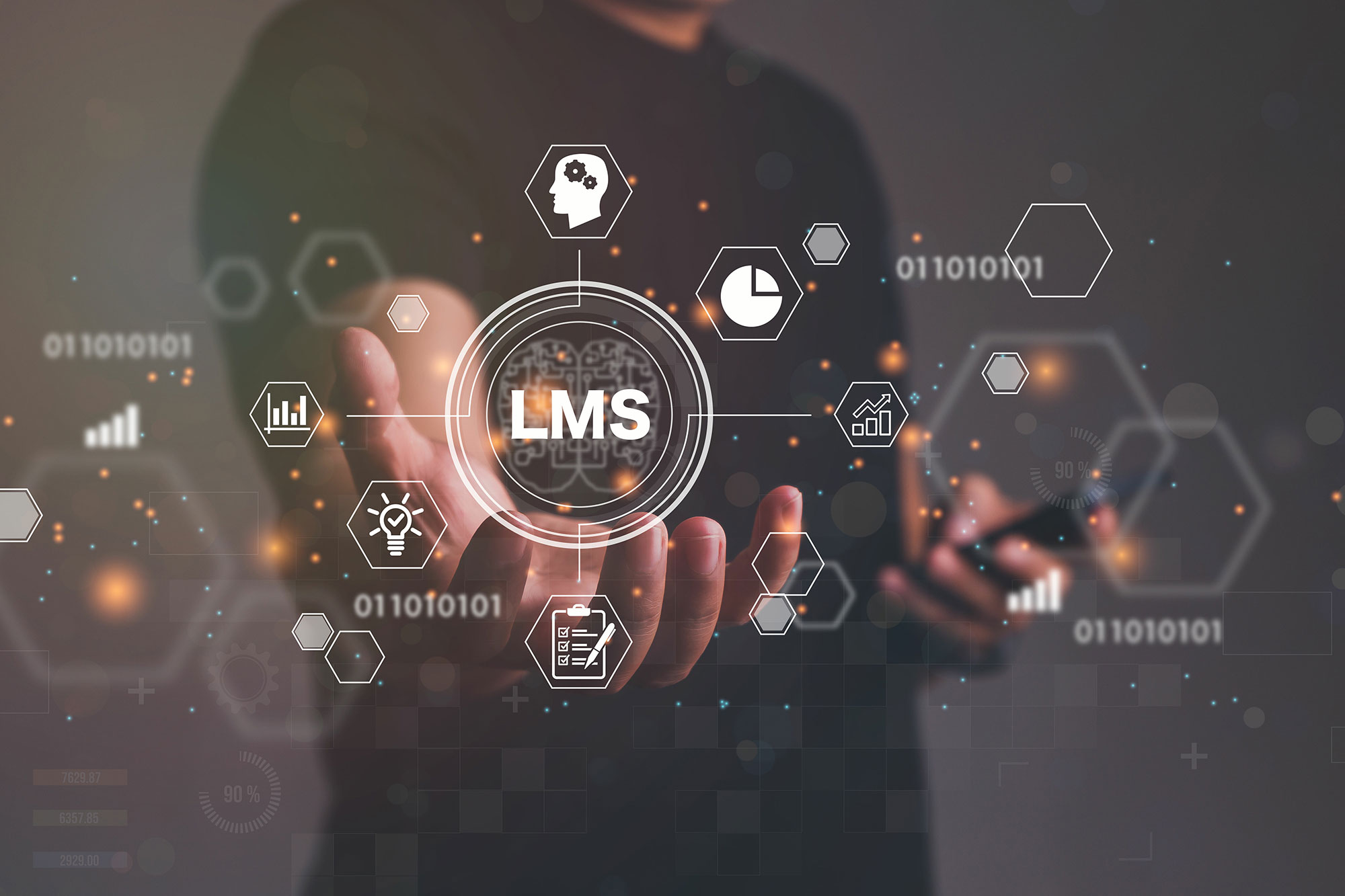Your employees keep your business running, but in order to do so effectively they need to be properly trained. There are many approaches you can take to onboarding and training, but it’s important to make sure all your bases are covered. One way to do this with certainty and flexibility is by using a Learning Management System (LMS) to assign and track training. However, most likely your LMS does much more than just provide training.
6 Unknown Benefits of Your LMS
Whether you’ve been using an LMS for years or are just starting to research platforms, you want to make sure you’re getting the best return possible on your investment. In order to do so, you should be sure you’re taking advantage of all the features an LMS can offer. Here are just a few things your LMS can do for you:
- Collect electronic signatures: If you’re looking to cut down on the time and physical storage space involved with maintaining signed documentation, look no further than your LMS. Many platforms come with built-in eSignature capabilities that will streamline your workflow when it comes to onboarding new hires and processing any other important documents.
- Store documents for easy access: In addition to obtaining eSignatures, your LMS could also be the central hub for all document storage within your organization – and not just the training documents and others requiring signature. Your LMS can be used to store any documentation that you would like your employees to have easy access to: employee handbooks, policy manuals, planograms, style guides, etc. All your documents can be stored in one place for an employee to access at any time when needed.
- Upload video clips for on-demand viewing: Documents aren’t the only materials you may want your employees to have easy access to. Do you have your own internal training or how-to videos you would like employees to have access to on-demand? Or perhaps you would just like to have an annual presidential address to all employees saved for easy access. An LMS that offers document storage likely also includes storage for video files up to a certain size – just check on storage requirements.
- Train employees with custom content: Your LMS shouldn’t be a one-size-fits-all solution. Most platforms will come with some capability for including your own training. Whether you film your own training videos, upload PowerPoint presentations converted into training modules, or just provide documents to be included as part of the course – there are many ways to include your own content in your training program, depending on your LMS.
- Provide ongoing support: Are you familiar with exactly what kind of support you receive with your LMS subscription? Make sure you’re aware of the details and are taking advantage of the support that you have been offered, whether it’s in the form of email, live chat, or phone calls. Don’t feel shy about contacting the support team when you have any questions or concerns with your LMS. Along with support, you may also have access to an account management team that would be happy to assist you with any questions or concerns about scheduling and reporting. Take advantage of their knowledge and experience.
- Increase employee engagement: Employees are more likely to learn and retain knowledge when they’re engaged in the learning. Training with an LMS creates engagement through various forms of media and quizzes. This will not only help you build a better staff but also retain that staff. Employees who feel better-trained and confident in their positions are more likely to stay with an employer than employees who do not.
What Else Could An LMS Do for You?
The right LMS can help you manage your training by streamlining training and administrative tasks and by identifying employees who need one-on-one coaching. trainingGrid® is an LMS developed with you and your employees in mind. Request a guided demonstration of trainingGrid® today!





